Doménikos Theotokópoulos (El Greco)
Δομήνικος Θεοτοκόπουλος-Κρής
1541-1614 born Crete/Spain-Mannerism
Click an Image to Enlarge
saint martin and
the beggar

saint peter
in tears

self portrait
in old age

the assumption
of the virgin

the burialof
count orgaz

A Cardinal

Adoration of
the shepherds

a boy with
a candle

Disrobing
of christ

The
Crucifixion

Immaculate
Conception

Lady in Fur
Wrap

adoration of
the magi

portrait of
giulio clovio

the modena
triptych
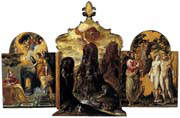
the
holy trinity

saint francis
receiving stigmata
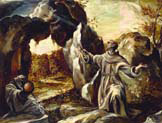
the martyrdom
of saint maurice

Toledo

Allegory

Annunciation

Baptism of Christ

Jeronimo de
Cevallos

Fray
Hortensio

Louis King
of France

The Fifth
Seal
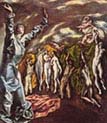
Nobleman with
Hand-

Mary
Magdalen

Adoration of
the
Name

Saint Jerome
as Cardinal

Saint
Sebastian

Saint
Veronica
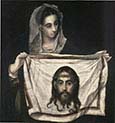
Saint
Ildefonso

The Holy
Family

The Last
Supper
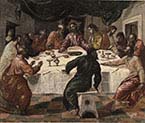
The
Trinity

The
Visitation

Vincenzo
Anastagi

saint
joseph
